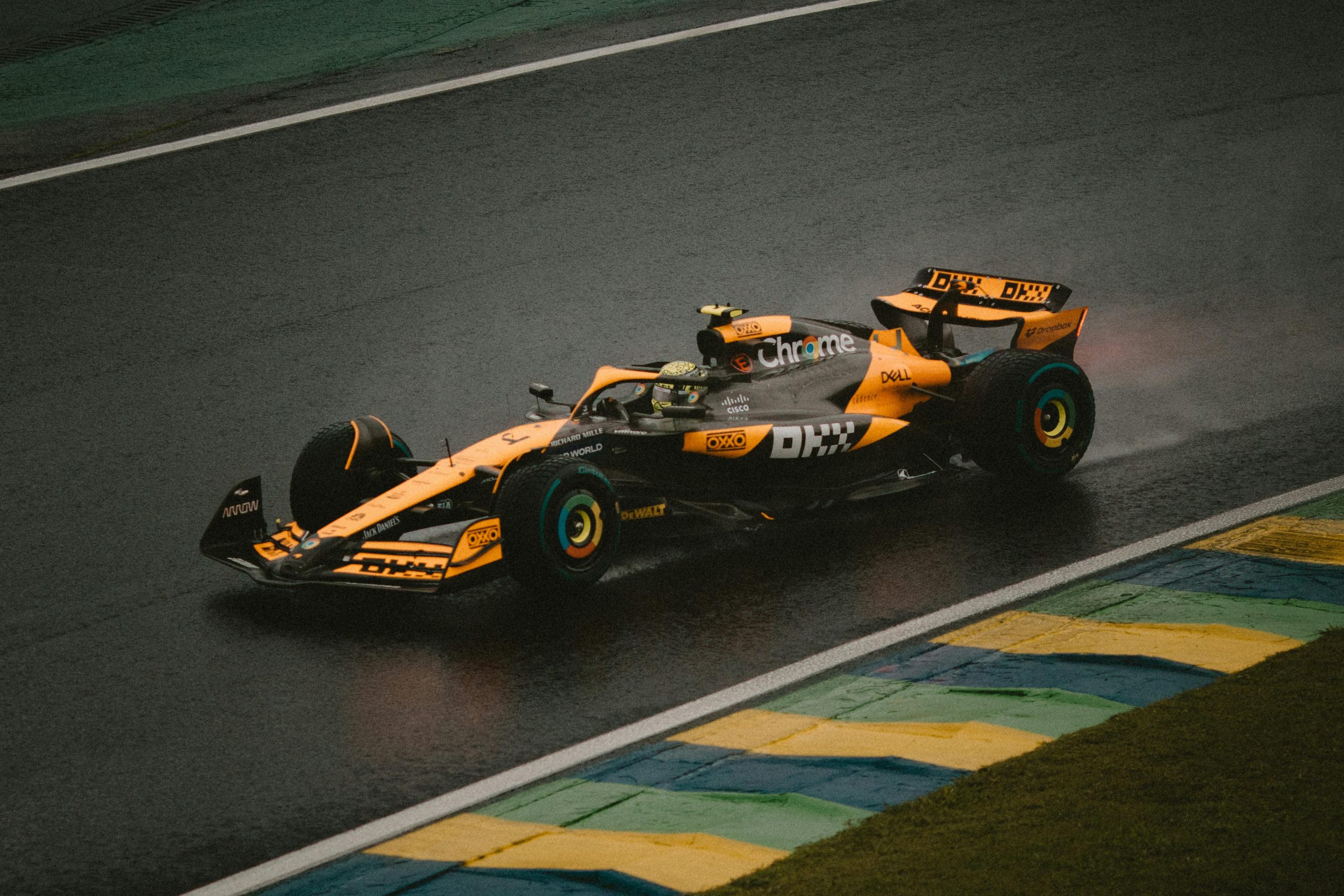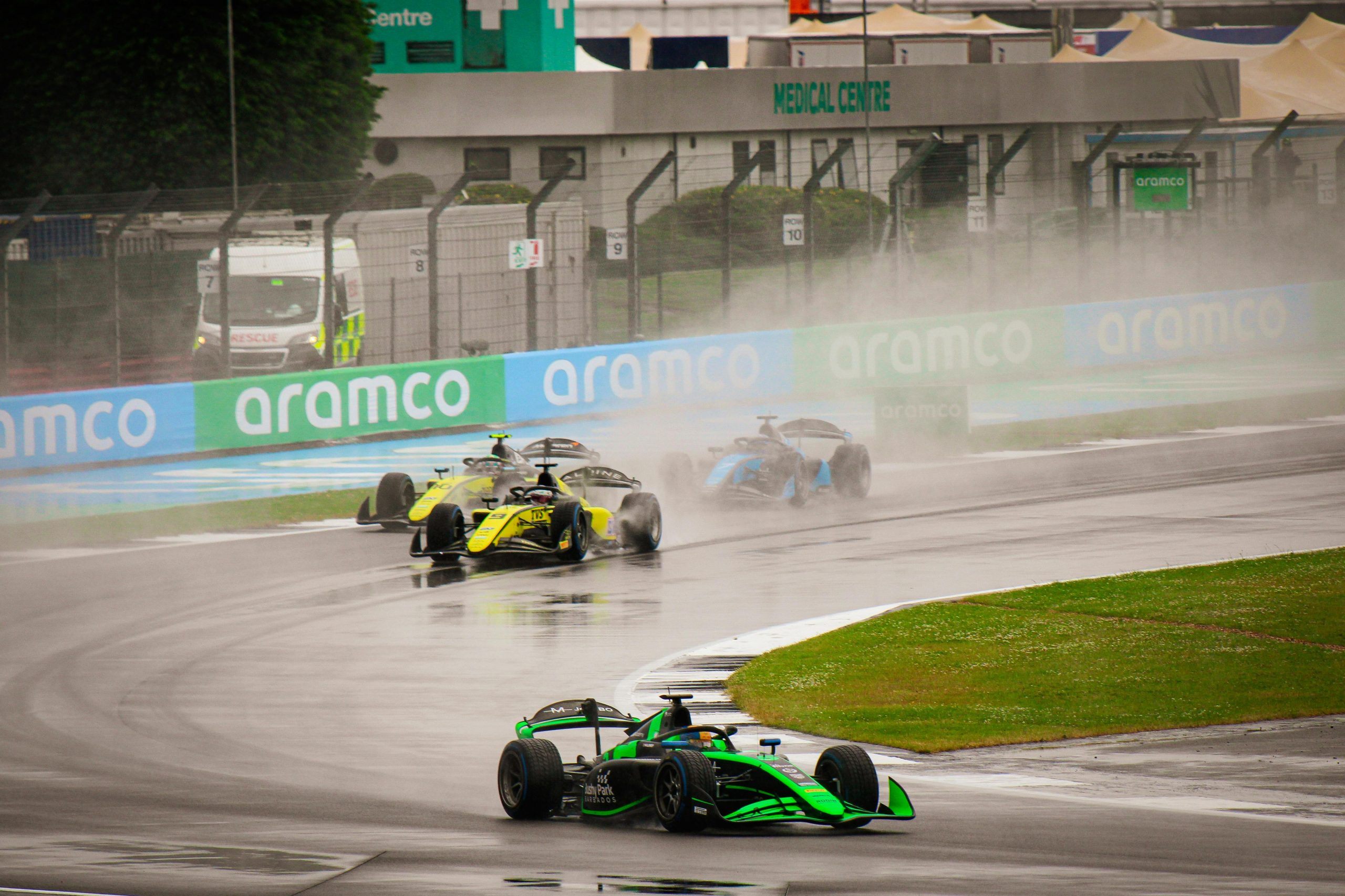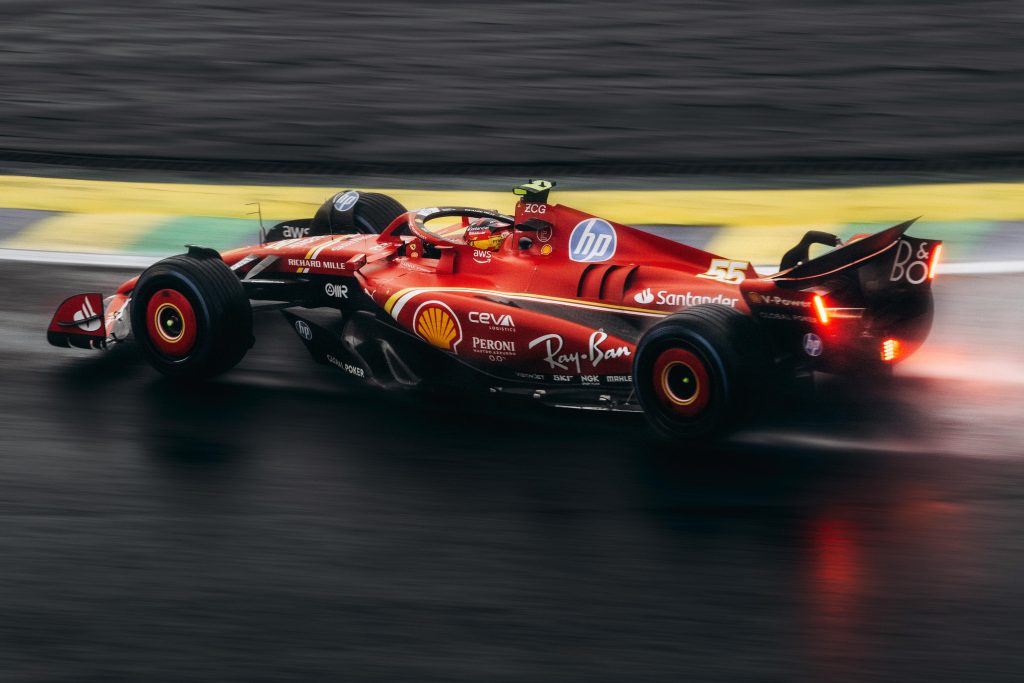Formula 1 cars are known for their jaw-dropping speed, precision engineering, and high-octane racing action. But what exactly is the F1 car top speed, and how does it compare to other motorsports? Whether you’re a die-hard fan or a newcomer to racing, understanding how fast these machines can go adds a whole new level of appreciation for the sport.
In this article, we’ll explore F1 car top speed, what factors influence it, and how it stacks up against other racing series like IndyCar, NASCAR, and MotoGP.
What Is the F1 Car Top Speed?

The simple answer: extremely fast. Modern F1 cars can surpass 220 mph (354 km/h) under ideal conditions. However, hitting this maximum is not typical during races due to track layouts, safety rules, and aerodynamics.
- Typical Race Speeds: On fast circuits, F1 cars maintain around 190–210 mph (305–338 km/h).
- Record-Breaking Speeds: The highest recorded official F1 car top speed is 231.4 mph (372.6 km/h), achieved by Valtteri Bottas during the 2016 Mexican Grand Prix (with the help of a slipstream).
- Acceleration: Thanks to their lightweight carbon fiber construction and powerful hybrid engines, F1 cars can go from 0 to 60 mph in just about 2.6 seconds.
These figures showcase why Formula 1 remains the gold standard of motorsports performance.
Why Don’t F1 Cars Always Reach Their Top Speed?
You might ask, if the F1 car top speed is over 220 mph, why don’t we see it all the time? The answer comes down to several factors:
- Circuit Layouts: Tracks like Monza (Italy) have long straights where cars can approach their limits, while tighter circuits like Monaco keep speeds much lower.
- Aerodynamics: Cars are tuned for high downforce to maintain grip through corners. This setup improves handling but creates drag that limits straight-line speed.
- Fuel and Tire Management: Teams prioritize overall race strategy, not just raw speed, ensuring that tires last and fuel is efficiently used.
F1 isn’t purely about top speed—it’s about finding the perfect balance between power, control, and endurance.
F1 Car Top Speed vs. IndyCar
When discussing racing speeds, IndyCar often enters the conversation. While both cars share a similar open-wheel design, their speed characteristics differ, fueling the ongoing IndyCar vs F1 debate.
- Top Speeds: IndyCars can reach around 235 mph (378 km/h) on oval tracks like the Indianapolis Motor Speedway.
- Track Variety: IndyCar races on both road courses and ovals, where sustained top speeds are easier to achieve.
- Aerodynamics: Using a spec chassis with fewer aerodynamic options, IndyCars rely heavily on slipstreaming to hit peak velocities.
Verdict: On oval circuits, IndyCars may exceed F1 car top speed. However, F1 dominates on road courses due to superior acceleration, cornering, and braking performance.
How Does NASCAR Compare?
NASCAR is a completely different type of motorsport, featuring heavier stock cars and high-banked oval tracks.
- Top Speeds: NASCAR Cup Series cars reach about 200 mph (322 km/h) on superspeedways like Daytona and Talladega.
- Acceleration: Slower than F1 due to weight and less efficient aerodynamics.
- Racing Style: NASCAR focuses on drafting, pack racing, and strategy rather than outright speed.
While NASCAR delivers close, dramatic racing, F1 cars easily outperform them in terms of lap times, acceleration, and agility.
F1 Car Top Speed vs. MotoGP: Two Wheels vs. Four Wheels
MotoGP, the premier motorcycle racing series, offers a different thrill with lighter, more agile machines.
- Top Speeds: MotoGP bikes can hit around 225 mph (362 km/h), with Ducati holding recent speed records.
- Cornering: Motorcycles cannot corner as quickly as F1 cars because of reduced tire contact and stability.
- Spectacle: Even at lower top speeds than F1, the exposed nature of MotoGP riders makes their races visually intense.
Despite the excitement, F1 still leads in overall performance metrics.
How Does F1 Compare to Other Racing Series?

Beyond IndyCar, NASCAR, and MotoGP, other series also showcase unique speed profiles:
- Le Mans Hypercars (WEC): Around 210 mph (338 km/h) on long straights like the Mulsanne.
- Drag Racing (Top Fuel): Exceeds 330 mph (531 km/h), but only over a quarter-mile sprint.
- Formula E: Focused on electric technology, with a top speed around 174 mph (280 km/h), prioritizing efficiency over outright speed.
Each motorsport has its own philosophy, but F1 stands out for combining speed, technology, and versatility.
What Factors Contribute to the F1 Car Top Speed?
Several cutting-edge technologies work together to make F1 cars among the fastest machines on Earth:
- Power Units: Hybrid engines combine turbocharged internal combustion with energy recovery systems for incredible efficiency and power.
- Aerodynamics: Custom wings, diffusers, and ground-effect designs maximize downforce while minimizing drag.
- Lightweight Materials: Carbon fiber keeps the cars strong yet light.
- Tire Technology: High-grip compounds allow extreme cornering speeds but require careful strategy.
It’s not just about horsepower—F1’s engineering excellence ensures speed across every aspect of performance.
Which Motorsport Is the Fastest Overall?
If we’re measuring pure top speed, IndyCar on ovals and drag racers technically surpass F1. However, F1 is unmatched in all-around performance.
- Fastest in Top Speed: Drag racing (in a straight line).
- Fastest on Road Circuits: Formula 1.
- Best for Raw Oval Speed: IndyCar.
Each racing series defines speed differently, offering fans unique reasons to watch.
Will the F1 Car Top Speed Increase in the Future?
Regulatory changes have slowed the escalation of F1 speeds, prioritizing safety and cost control. Still, innovation continues:
- Sustainable Fuels: F1 plans to run on 100% sustainable fuel by 2026.
- Hybrid Improvements: More efficient and powerful energy recovery systems are on the way.
- Aerodynamic Advancements: Ground-effect rules are being refined for both performance and safety.
While we may not see dramatic jumps in F1 car top speed, cars will continue to evolve, becoming faster in corners and more technologically advanced overall.
Closing Thoughts: F1 Car Top Speed Is Only Part of the Thrill
So, how does the F1 car top speed stack up against other motorsports? Formula 1 cars are among the fastest and most sophisticated racing machines ever built. IndyCar might edge out F1 on certain ovals, and dragsters blow past everyone in a straight line, but F1 remains the ultimate blend of speed, agility, and technology.
For fans, the numbers are exciting, but the real magic is in watching these cars push limits lap after lap. Whether it’s an F1 Grand Prix, the Indy 500, or a MotoGP battle, every series offers its own version of adrenaline-fueled speed.

